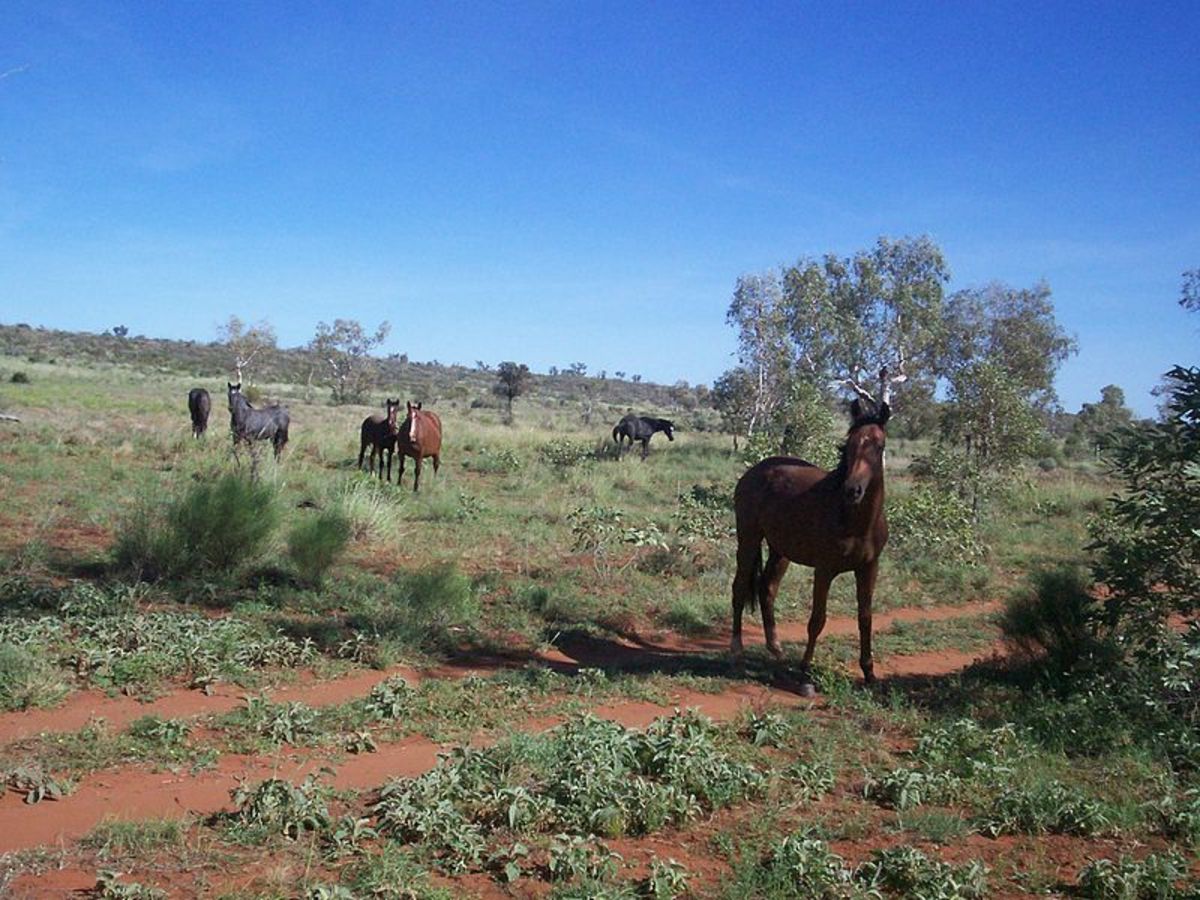Super Fast Broadband for Australia - NBNCo
Broadband in Australia

Super Fast Broadband Network
Today the Australian Government caught everyone and I mean everyone in what must have been a closely guarded secret. I believe that Telstra would have been caught napping.
It made the huge announcement that as far as the Tender process for the Broadband for Australia all bets were off!
Instead, the Prime Minister Mr. Rudd and the Minister for Broadband (what else could they call him) Mr. Stephen Conroy announced that the Government would begin the establishment of a new company to build and operate a new super fast National Broadband Network.
Update: This new National Broadband Network is to be known as, wait for it drum roll, please...
NBNCo
Telstra Network
What a coincidence?
Telstra who earlier this year was disqualified from the now canceled NBN Tender has announced that they too will be rolling out a cable oriented high-speed broadband.
This Super Fast Broadband will have speeds of up to 100Mbps and will be commenced in Melbourne and completed by the end of 2009.
This will surely be welcomed by all of the people such as me to now work from home.
Telstra for those of you who do not know is our national landline telephone company.
Telstra has previously been known under other names including:
- PMG
- Telecom
A few years back Telstra was sold off and formed into a Public Company and ever since then have had a very rocky relationship with the Australian Government.
Internet will be so Much Faster

Scope of National Broadband Network
According to the report, the Super Fast National Broadband Network will:
- Connect 90% of all Australian homes, schools and workplaces with broadband services with speeds up to 100 megabits per second—100 times faster than those currently used by many households and businesses. I find very hard to accept that even the Government believe that this will happen!
- Connect all other premises in Australia with next generation wireless and satellite technologies that will deliver broadband speeds of 12 megabits per second*Support up to 25,000 local jobs every year, on average, over the 8-year life of the project.
Under the Rudd Government's new national broadband network every house, school, and business in Australia will get access to affordable fast broadband.
Affordable that's a laugh. What is the government definition of affordable?
Who Owns NBNCo
Who will own this network and how will it be financed.
The Rudd Government's National Broadband Network will be built and operated by a new company specifically established by the Australian Government to carry out this project.
The Government will be the majority shareholder of this company, but significant private sector investment in the company is anticipated.
The Government will make an initial investment in this company but intends to sell down its interest in the company within 5 years after the network is built and fully operational, consistent with market conditions, and national and identity security considerations.
This company jointly owned by the Government and the private sector will invest up to $43 billion over 8 years to build the national broadband network.
The Government's investment in the company will be funded through the Building Australia Fund and the by the selling of " Aussie Infrastructure Bonds" (AIBs), which will provide an opportunity for households and institutions to invest in the national broadband network.
The new investment is also the biggest reform in telecommunications in two decades because it delivers separation between the infrastructure provider and retail service providers. This means better and fairer infrastructure access for service providers, greater retail competition, and better services for families and businesses.
Many people and I include myself have been advocating this for years.
This announcement follows the Government's decision to terminate the NBN Request for Proposals (RFP) process on the basis of advice from the independent Panel of Experts that none of the national proposals offered value for money. The Panel noted the rapid deterioration of the global economy had a significant impact on the process.
This historic nation-building investment will help transform the Australian economy and create the jobs and businesses of the 21st century.
Specifications for NBN
The new superfast network will:
- Connect homes, schools and workplaces with optical fiber (fiber to the premises or 'FTTP'), providing broadband services to Australians in urban and regional towns with speeds of 100 megabits per second - 100 times faster than those currently used by most people—extending to towns with a population of around 1,000 or more people
- Use next-generation wireless and satellite technologies that will be able to deliver 12 megabits per second or more to people living in more remote parts of rural Australia
- Provide fiber optic transmission links connecting cities, major regional centers, and rural towns
- Be Australia's first national wholesale-only, open access broadband network
- Be built and operated on a commercial basis by a company established at arm's length from Government and involve private sector investment
- Be expected to be rolled-out, simultaneously, in metropolitan, regional, and rural areas.
Access to NBN
Who will have access to this Super Fast Network
Every person and business in Australia, no matter where they are located, will have access to affordable, fast broadband at their fingertips. Yeh right pull the other leg!!!!
High-speed broadband is increasingly essential to the way Australians communicate and do business. It will help drive Australia's productivity, improve education and health service delivery and connect our big cities and regional centers.
The Government will invest in this major nation-building infrastructure to stimulate jobs in the short-term and pay a dividend to the Australian people through enhanced productivity and innovation in the long-term.
This is a major nation-building project that will support 25,000 jobs every year, on average, over the life of the project. At its peak, it will support 37,000 jobs. Given the productivity gains associated with this investment, the full benefits will continue to flow for decades beyond the completion of the project.
The Government's announcement today has been informed by expert advice. The Panel of Experts has encouraged the Government to invest in optical fiber technology, supplemented by next-generation wireless and satellite technologies. The Australian Competition and Consumer Commission has also endorsed the use of FTTP as a superior technology to Fibre to the Node.
The preliminary estimate is that the enhanced NBN network will cost up to $43 billion, which has been developed taking into account advice from specialist technical advisers.
The Government's objective is to achieve 90 percent coverage of the FTTP network, and remaining coverage to be delivered through wireless and satellite technologies, within this funding envelope. Initial advice to the Government is that this objective is achievable, but this estimate will be subject to an implementation study.
The Government will seek private investment in the company to draw on private sector capacity and expertise. However, ownership restrictions will be established to protect the Government's objective of a wholesale open-access network.
If the Government does not get sufficient funding from the private sector they will finance the whole deal themselves!
Action by the Australian Government on NBN
The Governments plan of action:
To turn its vision into action the Government will immediately:
- Commence an implementation study to determine the operating arrangements, detailed network design, ways to attract private sector investment—for roll-out early 2010, and ways to provide procurement opportunities for local businesses.
- They have not even done a feasibility study yet. Wait for the sound of retreating feet folks!
- Fast-track negotiations with the Tasmanian Government, as recommended by the Panel of Experts, to build upon its NBN proposal to begin the rollout of an FTTP network and next-generation wireless services in Tasmania as early as July—an immediate start on a nation-wide investment.
- Implement measures to address 'black spots' through the timely rollout of fiber optic transmission links connecting cities, major regional centers, and rural towns - delivering improvements to telecommunication services in the short term.
- Progress legislative changes that will govern the national broadband network company and facilitate the rollout of fiber networks, including requiring greenfields developments to use FTTP technology from 1 July 2010.
- Make an initial investment in the network of $4.7 billion.
- That's the $4.7 billion that was ready to go for the NBN Tender!
- Commence a consultative process on necessary changes to the existing telecommunications regulatory regime.
This project if it ever gets rolling will be the biggest single project our country has ever seen, included the Massive Snowy River Scheme.

![Obama's General Motors [GM] Tarp Bailout - The Untold Details Obama's General Motors [GM] Tarp Bailout - The Untold Details](https://images.saymedia-content.com/.image/t_share/MTc0MTU0NDA1OTcxNzY1MTE2/obama-general-motors-gm-tarp-bailout-untold-details.jpg)






